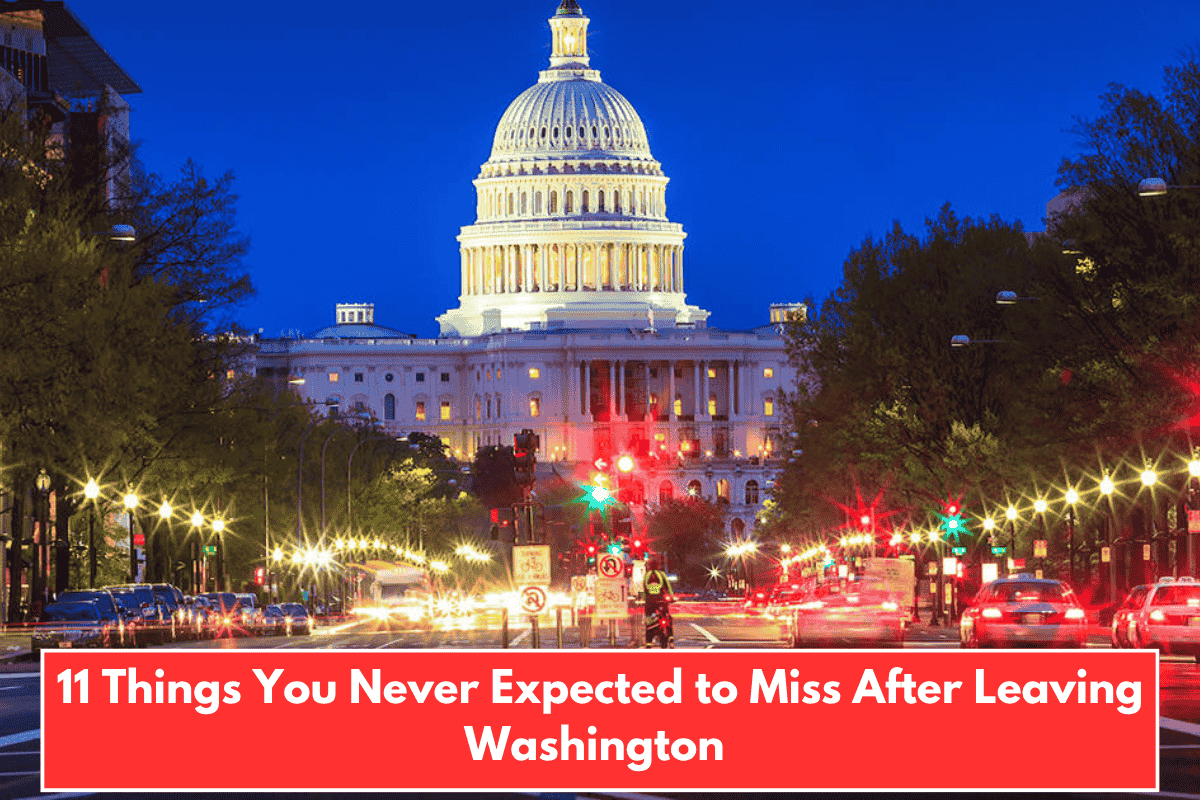For many Americans, Daylight Saving Time is an annual ritual — set the clocks forward in spring, set them back in fall. But in parts of the U.S., that clock-changing tradition doesn’t apply. Indiana was one of those places for decades, and another state still refuses to take part entirely. The reason behind it is surprisingly straightforward and deeply tied to local lifestyle and economics.
Indiana’s Complicated History with Daylight Saving Time
Indiana has long had a unique relationship with time changes. For decades, most of the state simply didn’t observe Daylight Saving Time at all. The main reason? Farmers and rural communities argued that shifting clocks didn’t benefit them. Farm work depends on the sun, not the clock, and the change could disrupt daily routines.
A Patchwork of Time Zones
Adding to the confusion, Indiana sits between the Eastern and Central time zones. Some counties near Chicago and Evansville kept Central Time, while others near Ohio used Eastern Time. For years, this meant you could drive just a few miles and suddenly “gain” or “lose” an hour — without any seasonal clock change.
The Big Shift in 2006
That all changed in 2006 when Indiana passed a law to join the rest of the country in observing Daylight Saving Time. Today, the entire state changes its clocks twice a year — but the decades-long reputation for not following the practice still lingers in public memory.
The State That Still Says ‘No’
While Indiana eventually switched, Hawaii remains the one U.S. state that doesn’t observe Daylight Saving Time at all. Like much of the tropics, Hawaii’s sunrise and sunset times don’t vary much throughout the year, so there’s no real need to “save daylight.”
Why Some Places Resist the Change
For both Indiana in the past and Hawaii today, the main reasons are practical: minimal benefit, a focus on natural daylight patterns, and a desire to avoid unnecessary disruptions to daily schedules. For rural communities, the natural rhythm of sunrise and sunset matters more than an artificial clock shift.
Indiana’s long refusal to follow Daylight Saving Time came down to practicality and rural priorities. While the state now observes the time change, its history shows that not every place sees the benefit of shifting the clock twice a year. Hawaii still opts out for similar reasons, proving that when it comes to time, one size doesn’t always fit all.
SOURCES
[1] https://www.wrtv.com/news/local-news/indianas-complicated-history-with-daylight-saving-time
[2] https://en.wikipedia.org/wiki/Time_in_Indiana
[3] https://www.infarmbureau.com/inside-story/articles/the-why-behind-daylight-saving-time
[4] https://www.cbsnews.com/news/states-without-daylight-saving-time/
[5] https://www.forbes.com/sites/brittanyanas/2024/10/30/what-states-dont-do-daylight-savings/















Arizona does not observe Daylight savings time as well
Thank you for your helpful feedback!
Southern Indiana observes Daylight savings time
Thank you for your helpful feedback!